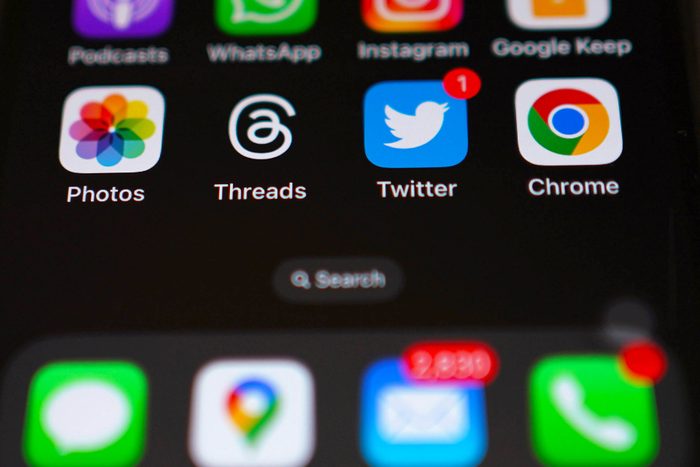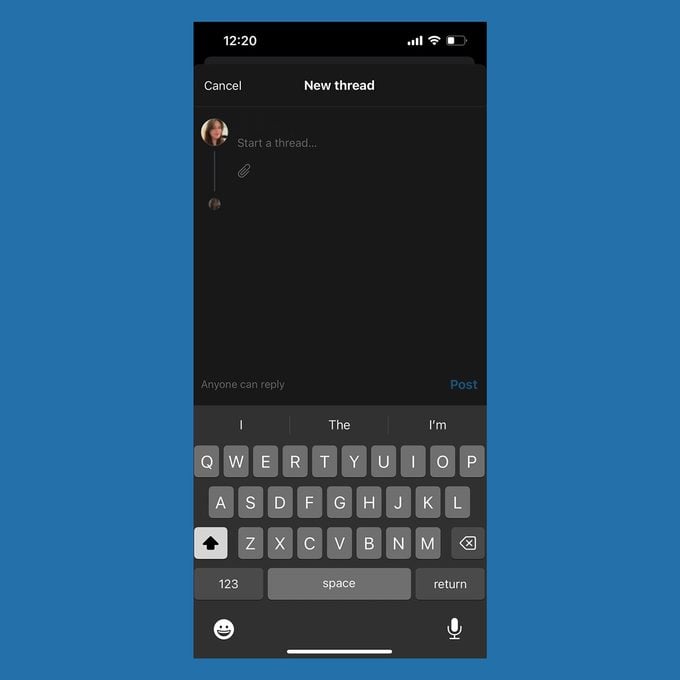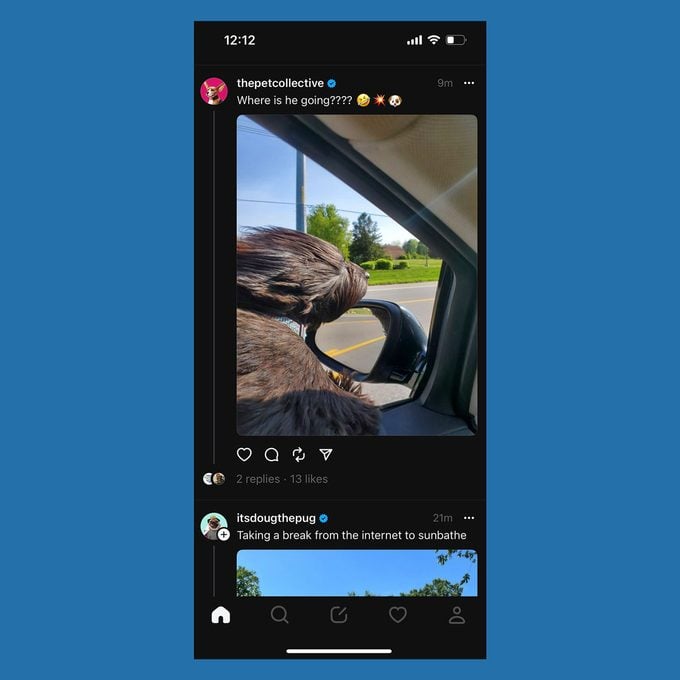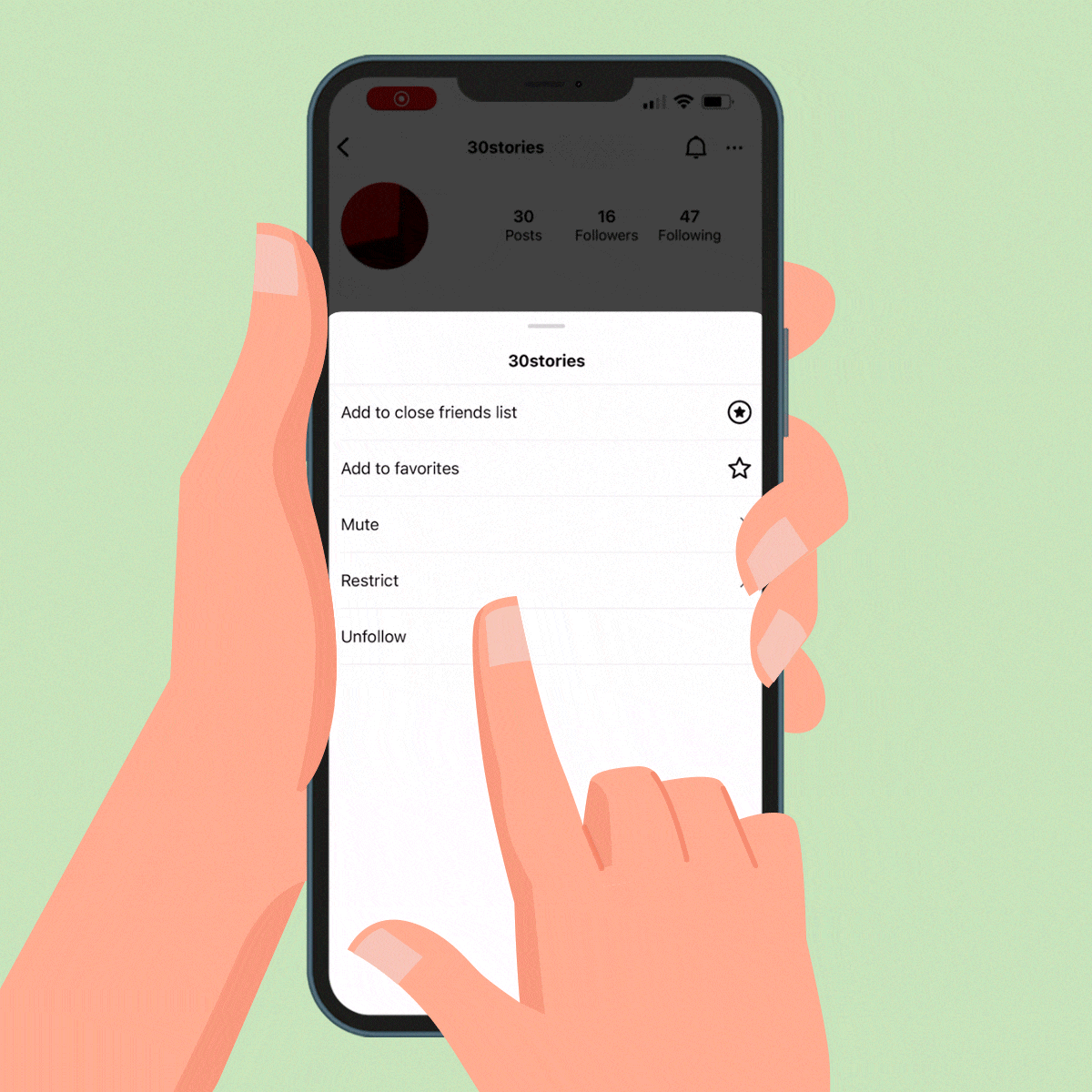5 Ways Threads Differs from Twitter and Other Text-Based Social Media Apps
Updated: Jul. 30, 2023

If you haven't hopped on the latest social media craze yet, here's everything you need to know about Meta's new Threads app
After connecting the world with Facebook, making Instagram the place for photo and video sharing, and upending Snapchat with Instagram Stories, tech giant Meta has set another goal: Create a social media network to rival Twitter. Meta’s newest offering, Threads, functions a lot like Twitter, with users composing short text posts or updates, sometimes accompanied by links, photos or videos. Other users can comment on these “threads.”
Unlike other text-based social media apps, including Twitter, Mastodon and Bluesky, Threads requires an Instagram account to work. You can use the same login credentials to sign in and the same username, though your profile is entirely customizable—except for U.K. users under age 18, who get a default private profile. Of course, there are a few other ways Threads differs from its social media counterparts too. Here’s how.
Get Reader’s Digest’s Read Up newsletter for more tech, travel, humor, cleaning and fun facts all week long.
Threads has a 500-character count per post

Threads gives users a 500-character count per post, while unverified Twitter users can post only 280 characters. Verified Twitter accounts, which cost $8 a month, receive 25,000 characters per post. Bluesky, created by former Twitter founder Jack Dorsey, allows 300 characters, and Mastodon, an open-source platform developed by German software developer Eugen Rochko, allows 500 characters, though the limit can be tweaked with coding.
Videos can be up to five minutes long
Threads currently allows all users to post videos that are five minutes long, while unverified users on Twitter can post videos up to two minutes and 20 seconds long. Mastodon has no length limit, but video files can measure only 40 MB. Bluesky, meanwhile, doesn’t allow users to post videos, though photos are allowed.
The homepage feed reflects Meta’s algorithm

Twitter shows users trending content, often allowing you to discover funny Twitter accounts you might not follow yet. It also has separate For You and Following tabs on the homepage. Threads, for now, only allows you to scroll through the home feed, which mixes both people you follow and accounts in which you might be interested. That means that the only content you’ll discover on Threads is what Meta’s algorithm serves you—there are no hashtags, trending sections or search capabilities. Because Mastodon does not follow an algorithm, it just shows you the people you follow. Bluesky, however, allows you to curate individual feeds for all of your interests.
Posts are called “threads”
Threads, for now, seems to have settled on calling its posts “threads.” Mastodon prefers “toots,” Twitter uses the well-known “tweets” and Bluesky users favor “skeets.”
Threads lets you send DMs, block and mute
Threads has roughly the same functionality as Instagram, incorporating direct messages, blocking and muting. Bluesky, on the other hand, has no DM features and only recently added a blocking feature. Twitter has DMs and a blocking feature, but current CEO Elon Musk may remove the block button in favor of a stronger mute option in the near future. Mastodon DMs operate differently and don’t function in a separate tab—they simply become posts seen only by the mentioned users. The app also has the same blocking and muting functionality as Twitter and Threads.
Sources:



